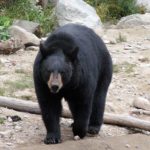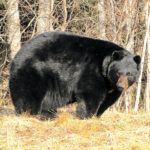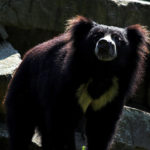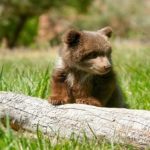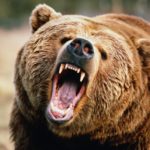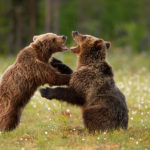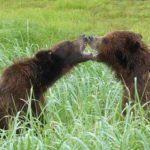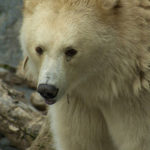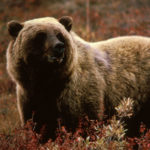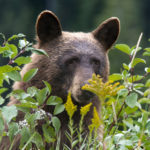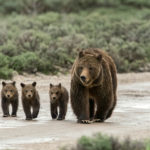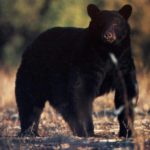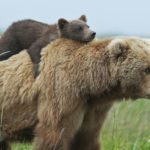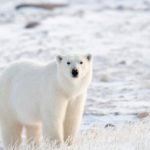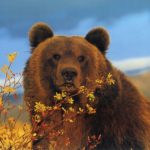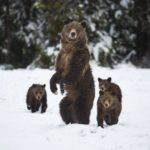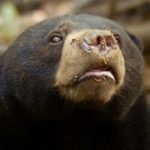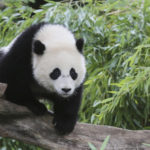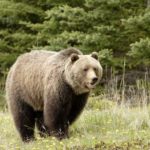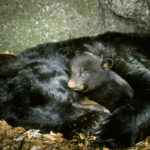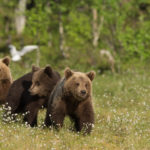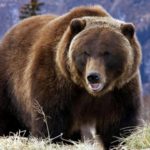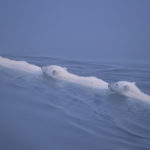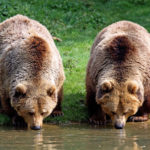Facts about black bears
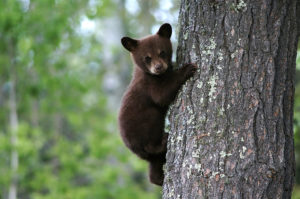 Black bear or Baribal is the most common North American bear. It inhabits the north of Alaska and Canada to central Mexico and from the Atlantic to the Pacific coast. The adult male reaches a length of 1.4-2 m. The height at the withers is up to one meter. Baribal inhabits a variety of plain and mountain forests, going to open spaces – meadows, marshes, gari and river valleys.
Black bear or Baribal is the most common North American bear. It inhabits the north of Alaska and Canada to central Mexico and from the Atlantic to the Pacific coast. The adult male reaches a length of 1.4-2 m. The height at the withers is up to one meter. Baribal inhabits a variety of plain and mountain forests, going to open spaces – meadows, marshes, gari and river valleys.
- Black bear, without hesitation, will abandon his bear cub to the mercy of fate, if he was born alone. The mother will only care about the brood, in which there are several bears.
- At the end of the XIX century, the number of black bears (Ursus americanus) reached 2 million, and by the beginning of the XXI century the population of the species decreased to 200,000 individuals.
- A distinctive feature of the coloring of black bears is the light yellow end of the muzzle.
- In the shoulders of adult baribals reach one meter in length to 1.5-1.8 m (rarely 2 m).
- The weight of black bears varies from 40 to 300 kg (in the average 135 kg).
- The maximum registered weight of baribal was 409 kg.
- The heaviest female baribala weighed 236 kg and was mined in north-eastern Minnesota on August 30, 1993.
- The black bear is an agile climber, it climbs well in trees, even in adulthood.
- Black bears are cautious animals, with a well-developed sense of smell.
- The smell of a black bear is 100 times better than that of a person.
- The baribals have color vision.
- A black bear can quickly run uphill, down or on a horizontal surface, accelerating to 55 km / h.
- Baribals do not swim well, but if necessary they can swim to a distance of 2.4 km in fresh water. There is evidence that the black bear swam across the bay 14.4 km wide.
- The brain of a black bear is relatively large (in relation to the size of the body).
- Baribal can draw a conclusion on the simple level of the concept, therefore it is considered one of the most intelligent mammals.
